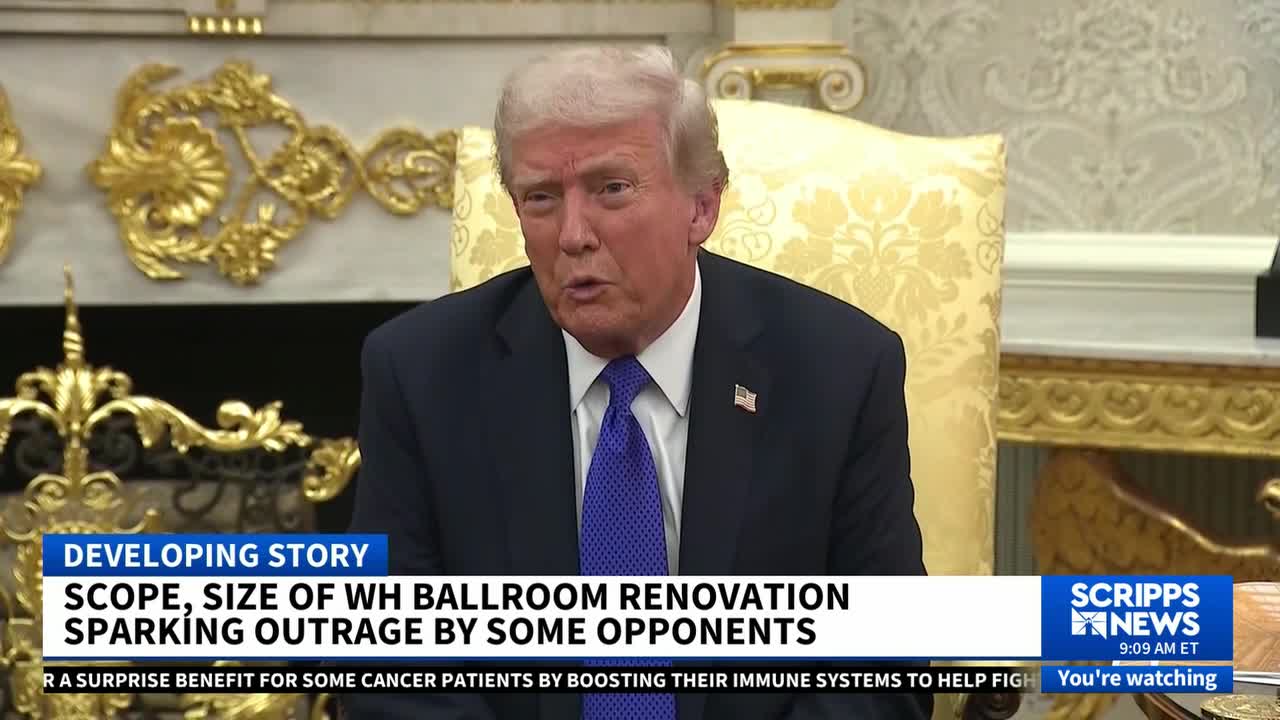President Donald Trump's controversial White House renovation project reached a major milestone this week as demolition of the East Wing began, marking the start of what has become a nearly $300 million privately-funded construction effort.
The ballroom project, which Trump has championed for years, will replace the traditional East Wing with a grand event space capable of accommodating up to 1,000 people. The demolition could be completed by this weekend, according to current timelines.
Private funding fuels massive project
The renovation is being funded entirely through private donations, with Trump indicating he will contribute personally to the effort. The White House has released a list of companies approached for funding, though a complete donor list remains unavailable. Initial cost estimates of $200 million have now ballooned to nearly $300 million.
"I haven't been transparent? Really? I've shown this to everybody that would listen," Trump said when questioned about the project's transparency. "Third-rate reporters didn't see it because they didn't look."
RELATED STORY | These are the donors paying for President Trump's new White House ballroom
Trump said the project has received positive reviews and defended the level of transparency provided.
Historical significance and criticism
The East Wing has served multiple critical functions throughout White House history. It traditionally houses the First Lady's offices, where Michelle Obama and Melania Trump previously worked. The wing also contains emergency operations centers, including the bunker used by Vice President Dick Cheney during the September 11 attacks.
Historical preservation groups, architects and other organizations have written letters condemning the unilateral demolition. Critics point to the contrast with previous major renovations, such as the 1940s Truman administration project, which involved Congressional oversight due to taxpayer funding.
Addressing White House space limitations
Trump has long argued the White House lacks adequate space for large-scale events. Current state dinners often require tents on the South Lawn because the East Room and state dining room cannot accommodate thousands of guests.
The president discussed this vision years before taking office, even approaching other presidents about the concept during his time as a businessman.
Political divide over timing
Democrats have criticized both the project itself and its timing during the current government shutdown. Republicans counter that presidents have historically left their mark on the White House, characterizing opposition as partisan overreaction.
The renovation represents one of the most significant structural changes to the White House in decades, with Trump displaying project models on the Resolute Desk in the Oval Office for months.
This story was reported on-air by a journalist and has been converted to this platform with the assistance of AI. Our editorial team verifies all reporting on all platforms for fairness and accuracy.




